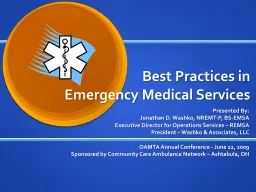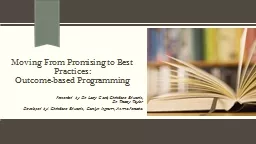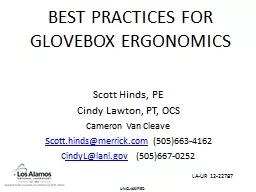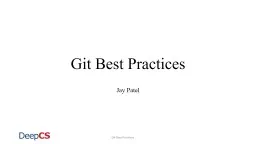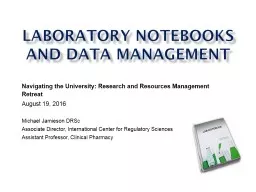PPT-Best Practices Research
Author : kittie-lecroy | Published Date : 2015-12-07
Shannon Carey et al 2012 What works The 10 Key Components of Drug Courts Research Based Best Practices Portland OR NPC Research Shannon Carey et al 2008 Exploring
Presentation Embed Code
Download Presentation
Download Presentation The PPT/PDF document "Best Practices Research" is the property of its rightful owner. Permission is granted to download and print the materials on this website for personal, non-commercial use only, and to display it on your personal computer provided you do not modify the materials and that you retain all copyright notices contained in the materials. By downloading content from our website, you accept the terms of this agreement.
Best Practices Research: Transcript
Download Rules Of Document
"Best Practices Research"The content belongs to its owner. You may download and print it for personal use, without modification, and keep all copyright notices. By downloading, you agree to these terms.
Related Documents



